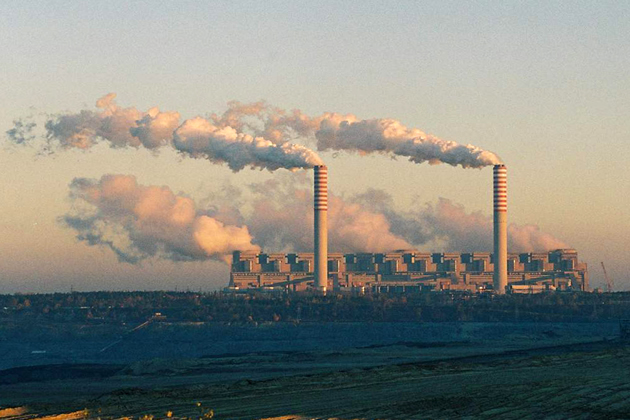Coal Atlas Nigeria contains the latest facts and figures on the use of coal and its environmental and social consequences. With detailed graphics, the atlas illustrates the coal industry’s impact on nature, health, labour, human rights and politics.
Place of Publication: Nigeria
Date of Publication: Dec 7, 2015
Number of Pages: 56
License: CC-BY
Coal Atlas Nigeria contains the latest facts and figures on the use of coal and its environmental and social consequences. With detailed graphics, the atlas illustrates the coal industry’s impact on nature, health, labour, human rights and politics.
Download pdf - Coal Atlas Nigeria




